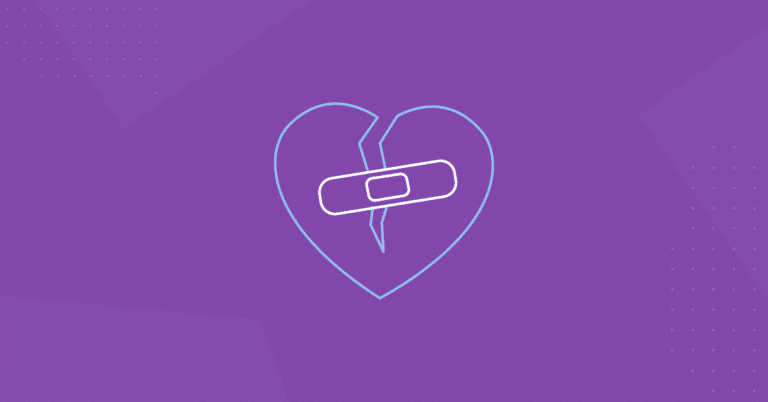The word “churn” is a scary one for any app developer or business owner. Churn — the rate at which customers stop using a particular service — means less engagement and, ultimately, less money.
We talk a lot about mobile growth but when customers stop using your app, they’re telling you that it didn’t meet their needs. Maybe it was too difficult to navigate, maybe it didn’t help them in the way they expected it would, or maybe they just didn’t like the design. Odds are that you’re not going to know why a user churned, you’ll just know that it happened.
The good news is that even with limited information, you can take steps to minimize churn. The even better news is that churn doesn’t have to mean the permanent end of your relationship with a user — you can potentially win them back with the right outreach.
What Causes Churn and How Can You Minimize It?
User churn is never desirable, but it’s an unavoidable part of doing business. At every step of a journey, whether it’s onboarding or whether it’s a long-term customer relationship, there’s potential for dropoff. The key is to take steps to minimize churn so you lose as few app users and potential customers as possible.
There are many handy tricks that can help cut down on user churn. For starters, a simple onboarding process is key to retaining new users, as many potential customers are driven off by lengthy questioning sessions. Another valuable tool is A/B testing — if you’re caught between two app-related decisions, expose a small group of users to each one and see which gets better results. Push notifications are a simple way to remind users that they downloaded your app for a reason, and it’s still there to help them. Finally, you can reach out to lapsed users and offer them incentives for their business.
It’s also worth mentioning that there’s a difference between app churn and brand churn. In the former, users stop engaging with your app, but they may still be customers. In the latter, they’ve given up — at least temporarily — on your brand altogether. Fixing brand churn can actually be cheaper per case than fixing app churn, because you just need to get customers to your website. That said, brand churn costs you money long term as you lose customers, and app churn can turn into brand churn, if users feel like they haven’t been given something of value in your app.
How Can You Win Back Users?
Winning back lapsed users may not be easy, but it’s critical that you have a plan in place for former app users or customers who are no longer engaging with you. Creating the proper structure for winback involves a two-pronged approach — you must meet former customers online and offline.
Online engagement can be an incredible way to renew relationships with users. Things like targeted emails and QR codes on websites can bring them back to your app, but there’s a way to go even deeper by gauging user intent. Using Branch, your app can glean data from users when they take relevant actions — such as clicking an ad for a product your app sells — and then offer a pathway directly to the app based on their interest. Branch’s Journeys product makes this single-click pathway possible.
When it comes to offline engagement, things are a bit trickier. Direct mail and product inserts are valuable, and should be part of your approach, but users are offline when they see them and they don’t necessarily impel a user to go online and access your app. It’s this reason that QR codes are so valuable. They find users who are offline and connect with them — via TV ads, posters, direct mail and product inserts, and more — and give them a direct path to your app online. This path, if executed properly, is invaluable to renewing user relationships and forming new ones.
Can Ad Networks Help?
Prior to iOS 14, it was possible for brands to obtain data about lapsed customers from ad networks and target them based on their behavior. These days, such information isn’t as readily available because of Apple’s new guidelines around device-level identifiers. With Apple’s new guidelines, the IDFA has lost efficacy as a tool for tracking users’ behavior.
That said, ad networks can be a valuable tool in certain cases. Android users can still be tracked based on their AAIDs, while Apple’s AppTrackingTransparency (ATT) guidelines also allow brands to read users’ IDFAs if they receive user consent. Together, these capabilities offer some measure of insight into customer behavior.
App churn may be unavoidable, but that doesn’t mean that it has to be the end of your relationship with a customer. With the right tactics you can win them back, and with Branch, you can seamlessly lead them to your app — whether you use Journeys, QR codes, email, ads, or any other method of connecting.






















